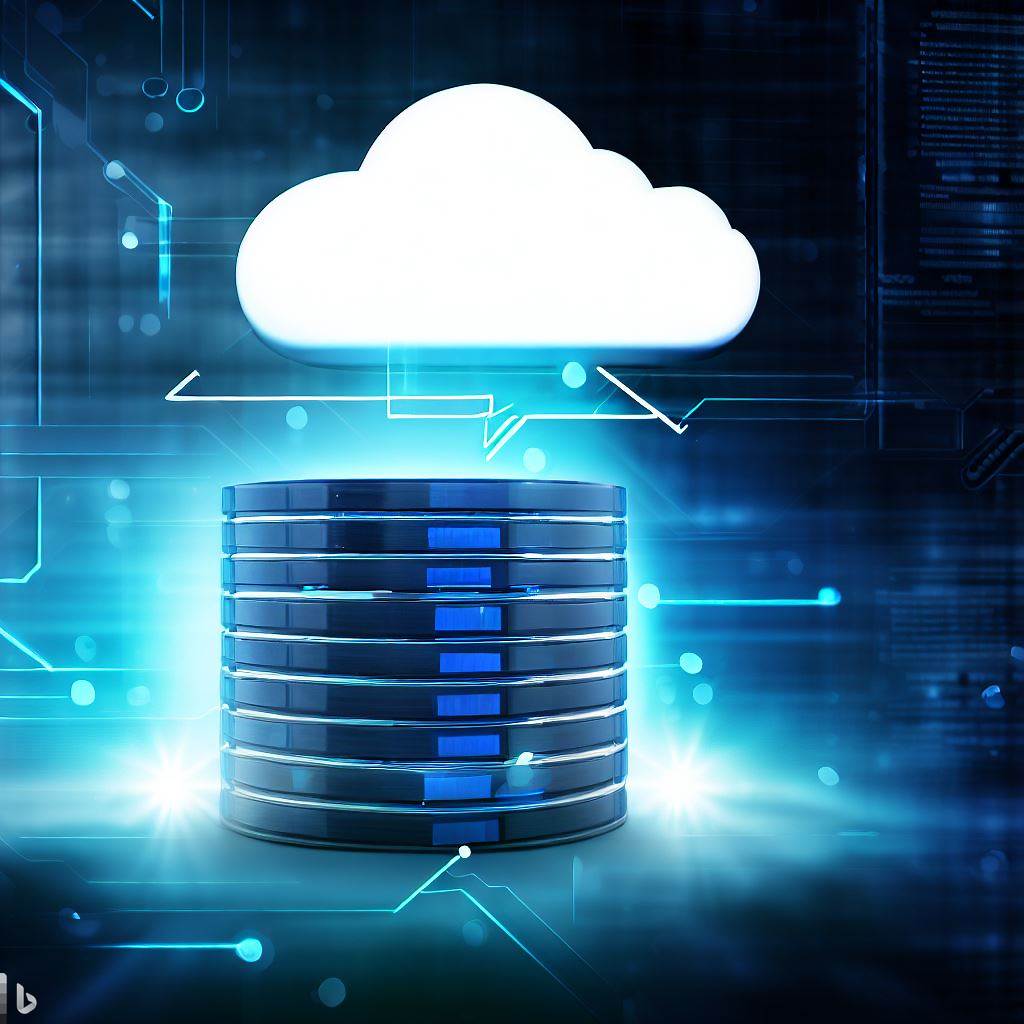In today’s digital age, where data plays a critical role in our personal and professional lives, ensuring its safety and security has become paramount. From cherished memories to sensitive business information, protecting our data from loss, corruption, or unauthorized access is essential. One powerful strategy that individuals and organizations can employ to keep their data safe and sound is backup resiliency. In this article, we will explore the concept of backup resiliency and provide valuable insights on how to implement it effectively, empowering you to safeguard your valuable data.
Understanding Backup Resiliency
Backup resiliency refers to the ability of a data storage system to withstand and recover from various threats, such as hardware failures, cyberattacks, natural disasters, or human errors. By creating multiple copies of data in diverse locations and implementing robust backup mechanisms, backup resiliency ensures that even if one copy becomes compromised or inaccessible, others remain intact and readily available.
Key Principles of Backup Resiliency:
1. Redundancy is Key
To achieve backup resiliency, it is crucial to adopt a redundant approach. Redundancy involves creating multiple copies of your data and storing them across different devices, servers, or cloud platforms. By diversifying the storage locations, you mitigate the risk of losing all your data in case of a single point of failure.
2. Automated and Regular Backups
Backup resiliency is not a one-time process but a continuous effort. Establish a routine backup schedule that automatically creates copies of your data at regular intervals. This practice ensures that your most up-to-date information is always backed up, minimizing the potential loss of valuable data in the event of a mishap.
3. Utilize Multiple Storage Mediums
To enhance backup resiliency, consider leveraging multiple storage mediums. A combination of local storage devices, network-attached storage (NAS), and cloud storage can offer added protection against data loss. Each medium has its advantages, and utilizing a diverse range allows for redundancy and flexibility in accessing and recovering your data.
4. Encryption and Security Measures
Data security is a crucial aspect of backup resiliency. Before transferring or storing your data, employ robust encryption techniques to ensure that even if unauthorized individuals gain access to your backups, the data remains unreadable and useless to them. Additionally, implement strong passwords, multi-factor authentication, and other security measures to protect your backup infrastructure from potential threats.
5. Regular Testing and Verification
Creating backups alone is not sufficient; it is equally important to test and verify their integrity periodically. Perform regular data recovery tests to ensure that your backup processes are functioning correctly and that the restored data is complete and accurate. This practice allows you to identify and address any issues before they become critical.
Summary
In an era where data is vulnerable to various risks, backup resiliency provides a robust defense against potential loss, corruption, or unauthorized access. By embracing redundancy, automating backups, utilizing diverse storage mediums, implementing security measures, and regularly testing your backups, you can fortify the safety of your valuable data. Remember, safeguarding your data is not an option but a necessity, and with backup resiliency, you can ensure your data remains safe and sound, even in the face of adversity.
Do you have a software/mobile development project in mind? Contact us today and let us help you turn your idea into reality. We have the skills, experience, and passion to create amazing solutions for your business needs. Email us at sales@nesesho.com
Want to know more about our Tech Solutions? Visit us at www.nesesho.com



